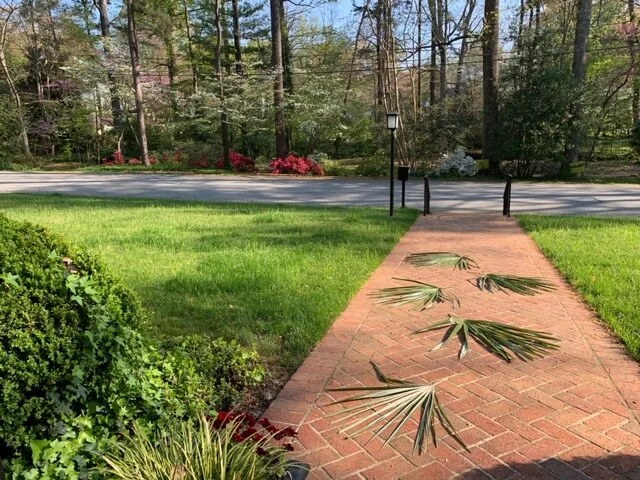Always lower, eventually to the sea
/I guess my fascination with water flowing came when I was a boy racing sticks with my cousins along the curb after a big storm. Walking on the sidewalk as the sticks jockeyed for position, I marveled at how fast they traveled before being swallowed by the drain at the end of the block.
“Where do they go now,” I once asked.
“Somewhere lower,” my cousins replied, as if it were obvious. “Eventually to the sea.”
Since then, I sit beside every stream I come across and watch as the water flows. Over and around rocks, under logs, it never gets old. Staring and wondering where the water is headed, I hear my cousin’s wisdom, “Always lower. Eventually to the sea.”
It is equally true of God’s grace. In the light of Easter morning, I celebrate the overflowing love and forgiveness brought into the world. Reading the familiar story this week, I thought about how something that happened so long ago still travels into the world, daily. It goes where it will, over and around rocks and under logs, but it flows, still.
But what struck me this year is that it flows “somewhere lower.” It travels down into the gutters, descending to reach the lowest points it can. Never does it climb up, always down, and that’s good news for those of us who live beneath the heights of Golgotha. Sometimes unable to climb the chancel steps where the adorned minister offers poetic prayers, the water flows toward the pews where a man gasps, “God, help me, please.” It flows past the upper parking lot where the fancy cars are parked to where the nurse arrives for her second night shift, then continues its way toward the house where there’s an empty seat at the Easter meal.
When I accept the wounds and the emotional scars I carry, the water always finds its way to me. When I ascend to higher ground, surrounded with my self-created magnificence, I’m suddenly beyond its reach. So, today, in light of the wonder of Easter and the humility my spiritual mirror brings, I laugh and dive into the stream again. Bobbing up and down, I travel beside others as we head toward the sea – soaked, and gratefully so.

